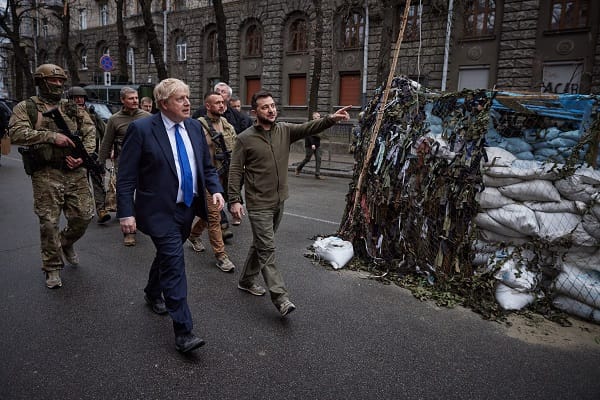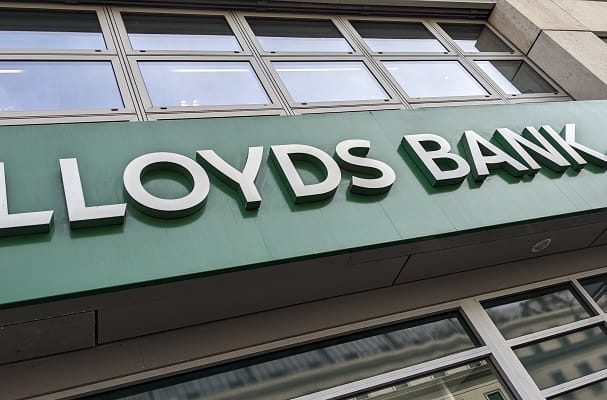Oil Prices Takes a Weary Walk — And Sometimes a Run
Picture the market as a roller‑coaster that decided to go on a coffee break. Crude oil kicked off the week hovering around $74.70 per barrel, while Brent crude did a slightly faster dash at about $80 per barrel.
What’s Driving the Buzz?
- Markets are holding their breath for the OPEC+ meeting later this week— the big one where they’ll talk openly about voluntary supply cuts into 2024.
- Despite a modest lift last week, the first uptick in five wobbly weeks was fueled by hopes that Saudi Arabia and Russia will keep their voluntary production curbs going.
Mid‑Week Twist: A Postponed Meeting
Mid‑week, the mood dipped when OPEC+ pushed the ministerial gathering to November 30 to sort out African production quotas. This snag reinforced internal squabbles and sent a dent in sentiment.
Even with Saudi Arabia allegedly planning to extend a 1‑million‑barrel‑per‑day voluntary cut into the next year, the market remains nervous, expecting a flood of supply in the first quarter of 2024.
What the Numbers Tell Us
- Pre‑meeting, OPEC+ exports have dipped to roughly 1.3 million barrels per day, aligning with their official supply targets.
- That figure suggests a balance being nudged, yet traders keep looking at the horizon for any supply overshoot.
Bottom Line
If the oil market had a personality, it would be a cocktail of optimism flavored with a pinch of skepticism— all powered by the looming OPEC+ consultation. Everyone is watching, and the next move could either raise the bar or push it down, depending on how the power players shake hands.

Oil Market Outlook: Saudi, Russia, and UAE Step Into the Spotlight
The oil scene is heading into a kind of tug‑of‑war: Saudi Arabia and Russia plan to keep their production slashes alive until at least the first quarter of 2024, but the UAE isn’t staying quiet – they’re gearing up to crank up crude exports next year to shave off the cuts made by their bigger neighbours, keeping the price graph steady.
What the International Energy Agency (IEA) is Saying
Even if OPEC+ sticks with those cuts into 2025, the IEA sees only a tiny 0.9‑million‑barrels‑per‑day surplus coming up next year. That small bump means OPEC+ will have to work their magic a little harder to keep the market from feeling flooded and prices from sliding like a badly wired bungee.
Key Takeaways
- Saudi + Russia: Cuts likely to drag on through Q1 2024.
- UAE: Planning to step in with higher crude exports early next year.
- IEA Forecast: A modest 0.9 Mb/d surplus; supplies need more careful juggling.
- Middle East Calm: Ceasefire in Gaza and host‑age exchanges helped steady prices.
- China’s Slip: 2023 recovery looks weak, meaning demand isn’t a bright spot.
- OPEC+ + COP28: The meeting coincides with the climate conference in Dubai; a big, bold move is needed to restore faith.
Why the Market’s Feeling a Little Bleak
Oil prices have been struggling to keep up because big international bodies haven’t imposed a firm hand in support. China’s lackluster economic rebound shows there’s no surge in demand to buoy the markets, which is putting extra pressure on the prices.
What OPEC+ Needs to Do
If the OPEC+ summit coincides with the start of COP28 in Dubai, investors are holding their breath for an outcome that could hint at a price lift. But extending cuts alone won’t be enough. The organization must craft a bold, targeted strategy to win back credibility – think of it like a “supply‑control rally” that truly impresses the market.
Bottom Line
While the big guys in Saudi, Russia, and the UAE are moving their pieces on the board, the oil market still has to walk a tightrope: a slight surplus is on the horizon, geopolitical calm is a relief, but demand worries linger. OPEC+ must roll out a game‑plan that signals strength and steadiness – otherwise, the market may keep sliding like a forgotten stick‑in‑the‑mud.




